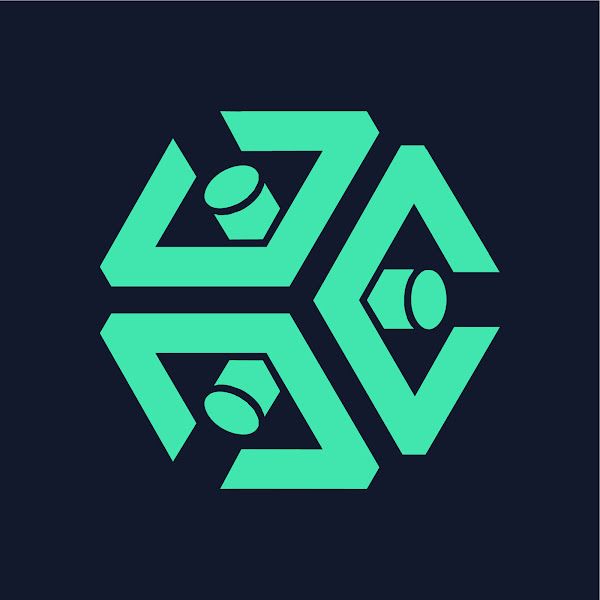145 reads
Key Elements of Blockchain World
by
June 28th, 2022
Audio Presented by

KCC is a high-performance decentralized public chain built by the fans of KCS and KuCoin.
About Author
KCC is a high-performance decentralized public chain built by the fans of KCS and KuCoin.